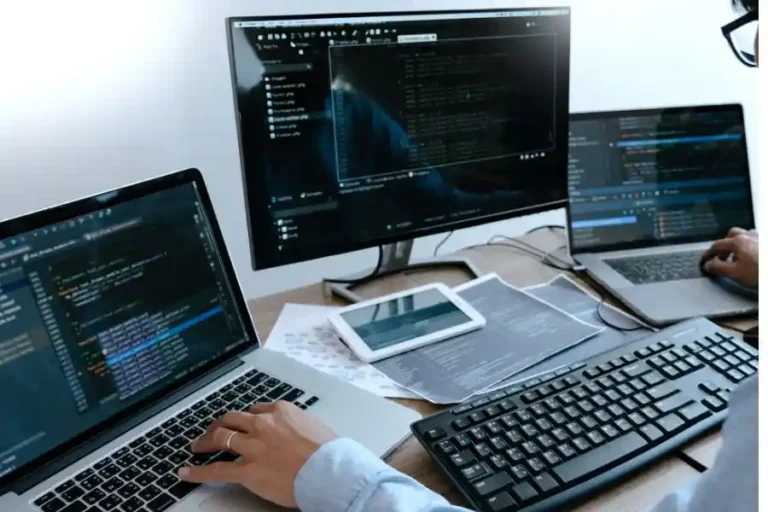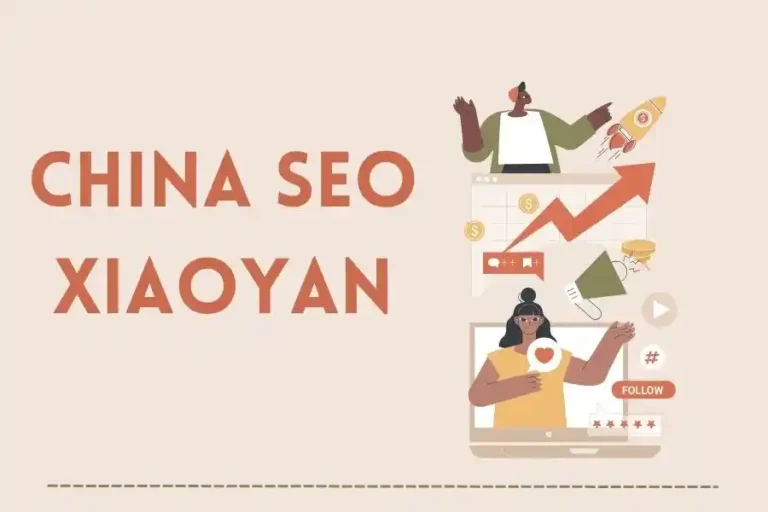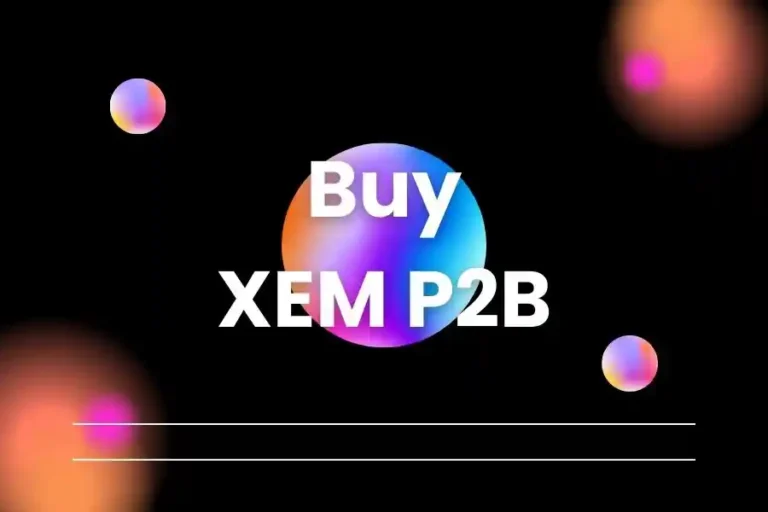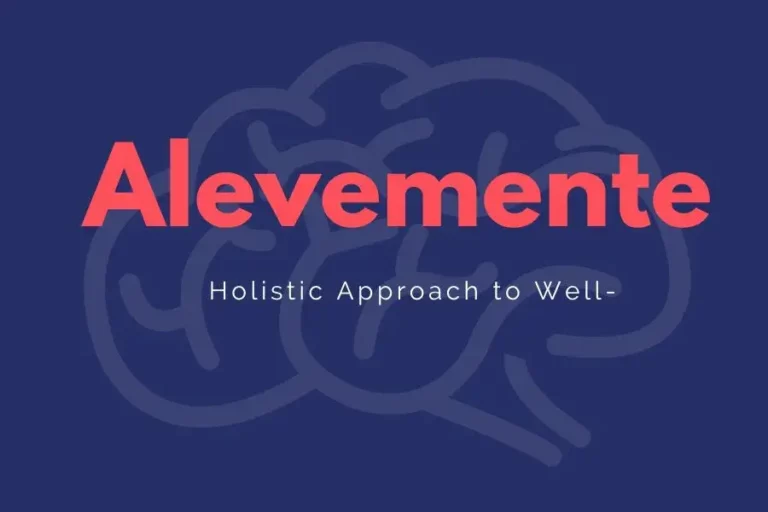Bıql: A Deep Dive into the Future of Design in 2024
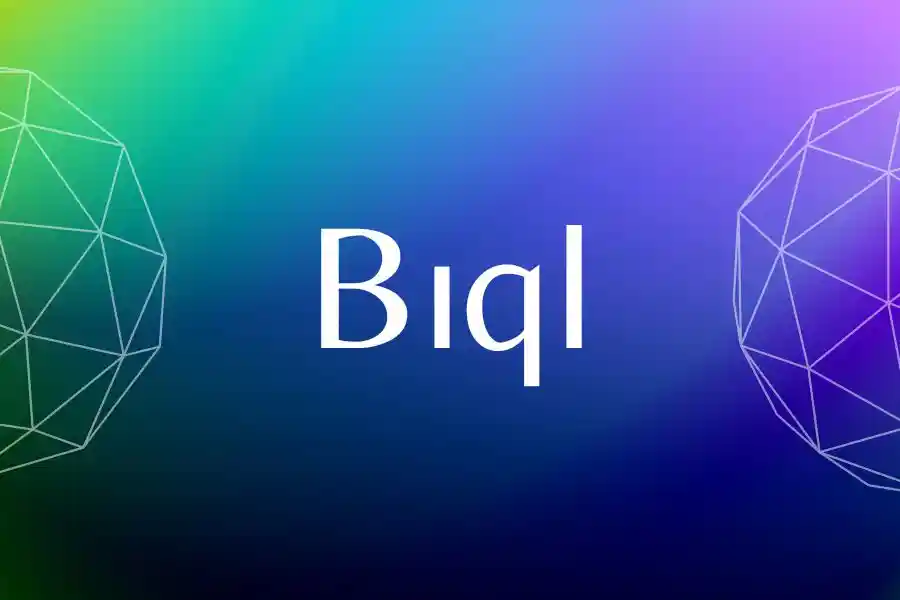
Welcome to the forefront of technology in 2024! Have you encountered the term “Bıql” and found yourself intrigued yet perplexed? Fear not, for we are about to embark on an illuminating journey into the realm of Bıql, uncovering its significance and potential impact on the digital landscape.
What is Bıql?
Bıql emerges as a groundbreaking design technology, potentially integrating artificial intelligence or sophisticated algorithms. It holds the promise of revolutionizing various domains such as product development, architecture, and fashion by streamlining workflows, fostering creativity, and expanding design horizons. Moreover, Bıql might serve as specialized 3D modeling software, offering unique features like intuitive interfaces, real-time collaboration, and seamless integration with existing design tools, thus appealing to both seasoned professionals and aspiring enthusiasts.
Unraveling the Origins of Bıql
The genesis of Bıql remains shrouded in mystery. To unravel this enigma, one must trace the breadcrumbs: Where was Bıql first encountered? Was it online, in print media, or through word of mouth? Delving into specific functionalities attributed to Bıql could offer valuable insights. Additionally, dissecting the etymology of the term itself—whether it is an acronym or a proprietary brand—might provide clues to its origins. Each fragment of information contributes to piecing together the puzzle that is Bıql.
The Transformative Power of Bıql
For Designers
Catalyst for Creativity: Leveraging AI-driven tools, Bıql has the potential to inspire innovative ideas and push the boundaries of 3D design.
Efficiency Redefined: Through features like automated model optimization and seamless collaboration, Bıql streamlines design processes, saving time and enhancing productivity.
Precision and Accuracy: Powered by advanced algorithms, Bıql ensures precision in modeling, minimizing errors and optimizing design outcomes.
Accessibility: With an intuitive interface, Bıql democratizes 3D design, catering to both novices and seasoned professionals.
Rapid Prototyping: Bıql facilitates swift iteration and prototyping, enabling faster feedback loops and visualization.
For Businesses
Cost-Efficiency: By optimizing workflows, Bıql translates into cost and time savings for businesses across various industries.
Innovation Catalyst: Bıql fosters the creation of high-quality, innovative designs, driving competitive advantage and market differentiation.
Enhanced Collaboration: Real-time collaboration features of Bıql promote seamless teamwork and communication among design teams.
Sustainability: Through efficient modeling techniques, Bıql contributes to sustainability efforts by minimizing material wastage and resource consumption.
Decoding the Mechanisms of Bıql
Bıql operates as an intelligent design assistant, harnessing AI to comprehend user preferences and ideas. It generates refined models, suggests variations, and employs procedural modeling to facilitate real-time design iterations. Moreover, Bıql offers instant feedback and supports collaborative design environments, enabling designers to work seamlessly across geographies.
Bıql’s Role in Shaping Emerging Technologies
The influence of Bıql extends across various technological frontiers:
Design Innovation: Bıql pioneers intelligent design tools, fostering creativity and accessibility for users of all skill levels.
Revolutionizing 3D Printing: With its prowess in accurate 3D modeling, Bıql revolutionizes the landscape of additive manufacturing, enabling on-demand production and customization.
Empowering the Metaverse: Bıql emerges as a game-changer in virtual design environments, facilitating seamless creation and integration of virtual assets.
Enhancing Human-Computer Interaction: Bıql heralds a paradigm shift in design interfaces, offering intuitive interaction methods such as voice commands and gestures, thereby democratizing design accessibility.
Navigating Challenges and Limitations
Technical Challenges
Usability Concerns: Bıql’s sophisticated technology might pose usability challenges for non-technical users, necessitating a balance between power and simplicity.
Ethical Considerations: Ensuring fairness and transparency in Bıql’s algorithms is paramount to mitigate biases and foster trust among users.
Resource Intensiveness: Bıql’s computational demands could pose challenges for users with limited computing resources, necessitating optimization strategies.
Ethical Considerations
Equity: Upholding fairness in Bıql’s design suggestions is imperative to prevent discriminatory outcomes.
Ownership Rights: Clarifying ownership rights of designs generated by Bıql is essential, particularly in collaborative settings.
Employment Impact: Balancing automation with job preservation is crucial to ensure a smooth transition in the labor market.
Paving the Way for Bıql: Adoption and Implementation
Research: Explore Bıql online, engage with official channels, and assess system requirements.
Training and Onboarding: Leverage tutorials and resources to familiarize yourself with Bıql’s functionalities.
Feedback Loop: Provide insights and feedback to contribute to Bıql’s ongoing enhancement and refinement.
Envisioning the Future Landscape with Bıql
The future of design with Bıql holds immense promise, with implications ranging from democratizing creativity to reshaping digital interactions. However, ensuring ethical and responsible use is paramount to harnessing Bıql’s full potential.
Frequently Asked Questions
What sets Bıql apart from other design tools?
Bıql distinguishes itself through its integration of artificial intelligence and advanced algorithms, enabling it to offer intuitive interfaces, real-time collaboration, and procedural modeling capabilities. Unlike traditional design tools, Bıql empowers users of all skill levels to unleash their creativity and streamline workflows effectively.
Can individuals with limited design or technical skills utilize Bıql effectively?
Yes! One of Bıql’s key strengths lies in its accessibility. Its user-friendly interface and AI-driven features make it suitable for individuals with varying levels of design expertise. Whether you’re a seasoned professional or a novice enthusiast, Bıql provides the tools and guidance necessary to bring your ideas to life.
How does Bıql facilitate 3D printing processes?
Bıql simplifies 3D printing processes by offering accurate 3D modeling capabilities. Users can design intricate models with ease, which can then be seamlessly exported for 3D printing. This streamlined workflow eliminates the need for complex manual adjustments, allowing for efficient prototyping and production.
Is Bıql transparent in its design suggestions and operations?
Yes, transparency is a core principle guiding Bıql’s development. The team behind Bıql is committed to ensuring openness and clarity in its design suggestions and operations. Users can trust that Bıql operates ethically and responsibly, with a focus on delivering fair and unbiased outcomes.
What measures does Bıql employ to protect intellectual property rights in collaborative settings?
Bıql implements robust measures to safeguard intellectual property rights in collaborative environments. It provides clear guidelines for attributing ownership of designs and ensures that all contributors receive due recognition for their contributions. Additionally, Bıql’s collaborative features include built-in safeguards to prevent unauthorized use or replication of designs.
Conclusion
In essence, Bıql emerges as a transformative force in the design landscape, democratizing creativity and innovation. While challenges abound, the ethical and responsible implementation of Bıql holds the key to realizing its full potential. Stay tuned for updates on Bıql’s journey into the future. You can also know about Myhrkp by going through this blog.

